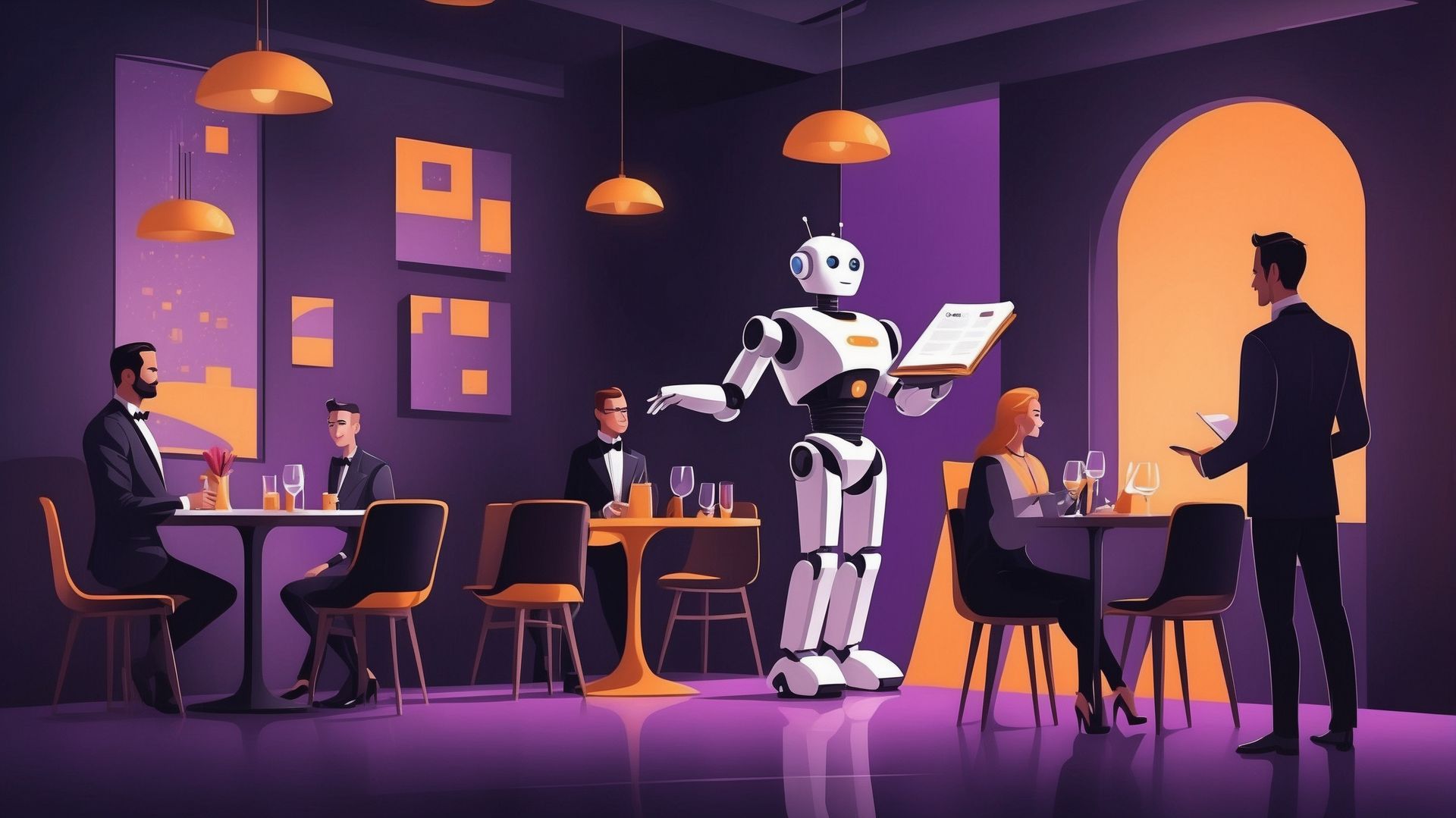The Power of Micro-Moments
Using Data to Influence Consumer Decisions
In today's fast-paced digital landscape, the moments that matter most to consumers are often fleeting. These "micro-moments" – those brief instances when people turn to their devices for quick answers, directions, or purchase decisions – have become critical for businesses looking to capture attention and drive engagement. Leveraging data analytics to understand and anticipate these moments allows companies to deliver precise, relevant content right when consumers need it most. This proactive approach transforms fleeting interactions into lasting impressions, driving both engagement and loyalty.
Understanding Micro-Moments
Micro-moments can be categorized into four key types:
- I-want-to-know moments: When consumers seek information or answers to their questions. For example, searching for product reviews or how-to guides.
- I-want-to-go moments: When consumers are looking for a local business or considering visiting a physical location. For instance, searching for "best coffee shops near me."
- I-want-to-do moments: When people need help completing a task or are trying something new. Examples include looking up recipes or DIY project instructions.
- I-want-to-buy moments: When consumers are ready to make a purchase and need help deciding what to buy or how to buy it. This includes searches for the best prices or nearby stores with the product in stock.
The Role of Data Analytics
Data analytics plays a pivotal role in understanding and capitalizing on micro-moments. By analyzing vast amounts of data from various sources, businesses can gain insights into consumer behavior, preferences, and trends. Here’s how data analytics can be utilized to influence consumer decisions during these critical micro-moments:
- Data Collection: Collecting data from diverse sources such as website interactions, social media engagements, search queries, and purchase history. This provides a comprehensive view of consumer behavior.
- Pattern Recognition: Utilizing machine learning algorithms to identify patterns and trends in the data. This helps in predicting future behavior and preferences based on past actions.
- Real-Time Insights: Leveraging real-time data to provide instant insights. This enables businesses to respond promptly to emerging trends and changing consumer needs.
- Personalization: Creating personalized experiences by delivering content, recommendations, and advertisements tailored to individual preferences and behaviors. Personalized experiences increase the likelihood of consumer engagement and conversion.
Impact on Consumer Decisions
When businesses effectively leverage data analytics to anticipate and respond to micro-moments, they can significantly influence consumer decisions. Here are a few ways this impact manifests:
- Increased Engagement: By providing relevant and timely information, businesses can keep consumers engaged and reduce bounce rates. Engaged consumers are more likely to explore further and make purchases.
- Higher Conversion Rates: Personalized recommendations and targeted advertisements based on data insights lead to higher conversion rates. Consumers are more likely to buy when they feel understood and catered to.
- Enhanced Customer Loyalty: Consistently meeting consumer needs during micro-moments fosters trust and loyalty. Satisfied customers are more likely to return and recommend the brand to others.
- Improved Customer Experience: Data-driven strategies ensure that consumers have a seamless and enjoyable experience. This positive experience contributes to overall customer satisfaction and brand reputation.
Benefits for Businesses
Adopting a data-driven approach to micro-moments offers numerous benefits for businesses:
- Competitive Advantage: Businesses that can quickly and accurately respond to micro-moments stand out in a crowded market. This agility gives them a competitive edge over less responsive competitors.
- Better ROI: Targeted marketing campaigns based on data insights lead to better return on investment. Resources are utilized more efficiently, reaching the right audience with the right message at the right time.
- Informed Decision Making: Data analytics provides a solid foundation for strategic decision-making. Businesses can make informed choices about product development, marketing strategies, and customer service improvements.
Conclusion
In an era where every second counts, understanding and leveraging micro-moments is crucial for business success. By harnessing the power of data analytics, companies can anticipate consumer needs and deliver timely, relevant content that influences decisions. This approach not only drives engagement and conversions but also builds lasting relationships with customers.



